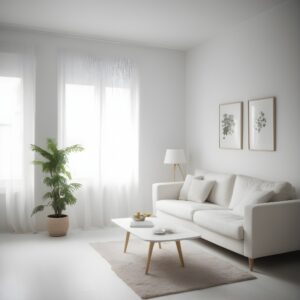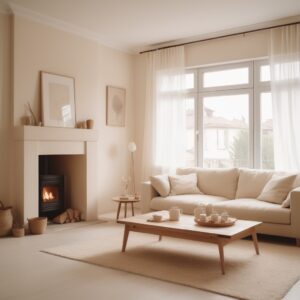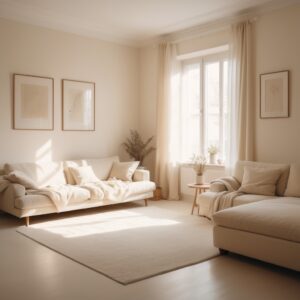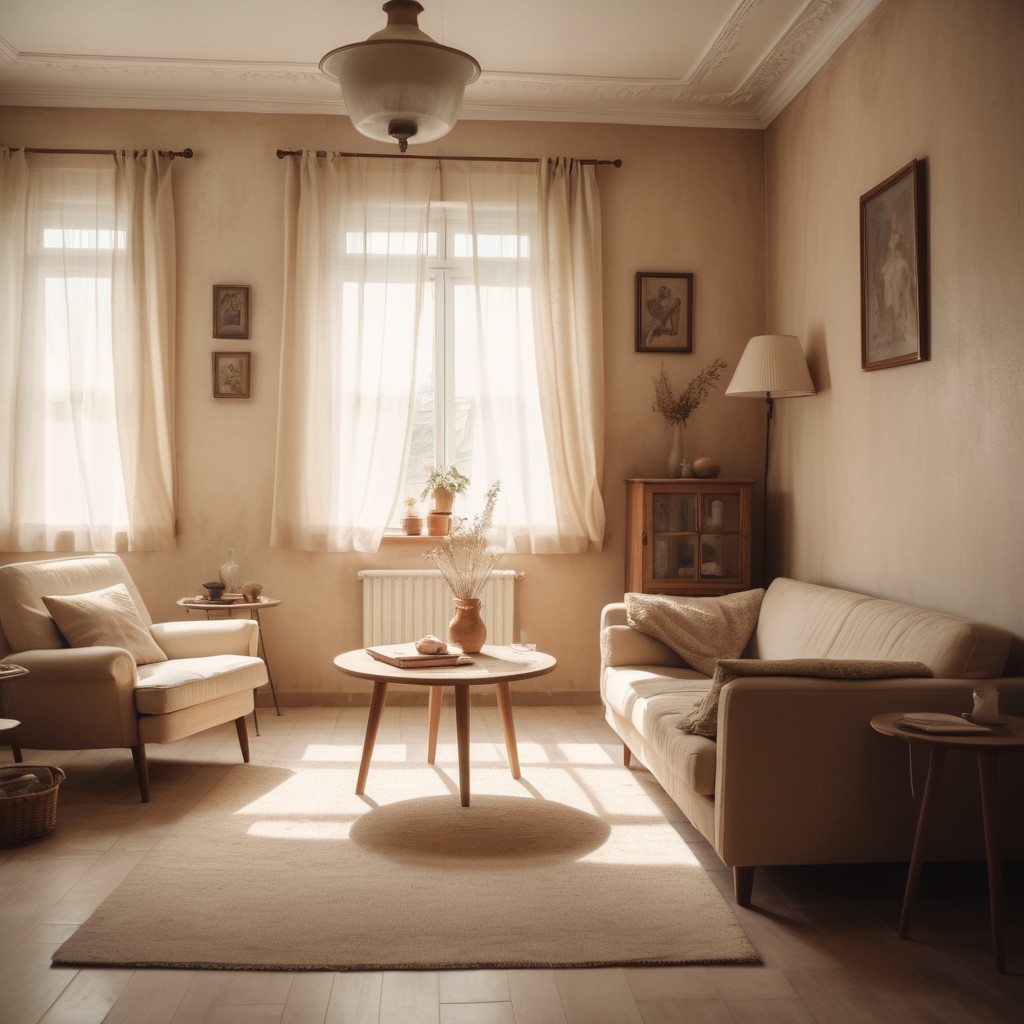When it comes to painting a room, white often reigns supreme as the go-to choice. But did you know that not all whites are created equal? In fact, the subtle variations in white hues can significantly affect the atmosphere and perception of a space. Let’s take a journey through the spectrum of white colors and explore how each shade can influence the ambiance of your room.
Pure White
Pure white is crisp and clean, reflecting light to brighten up any space. It’s ideal for smaller rooms or those with limited natural light, as it creates a sense of airiness and openness. However, be cautious in rooms with harsh overhead lighting, as pure white may appear too stark and reflective.

Warm White
With undertones of yellow or beige, warm white exudes a cozy and inviting vibe. It can make a room feel more intimate and comfortable, perfect for living rooms or bedrooms where you want to evoke a sense of warmth. Keep in mind that warm white can sometimes appear dingy in spaces with cool-toned furnishings or lighting.

Samples of warm white are for example Benjamin Moore White Dove, Swiss Coffee, Simply White, Cloud White, Soft Chamois or Sherwin Williams Zurich White.
Cool White
On the opposite end of the spectrum, cool white boasts hints of blue or gray, imparting a modern and serene atmosphere. This shade is excellent for contemporary spaces or areas that require a clean, minimalist aesthetic. However, in rooms with minimal natural light, cool white may appear too stark and sterile.

The examples of cool white color are Benjamin Moore Super White, Decorator’s White, Distant Gray, Sherwin Williams Natural White, or High Reflective White.
Off-White
Off-white offers a subtle deviation from pure white, often with undertones of cream or ivory. This versatile shade strikes a balance between warmth and neutrality, making it suitable for a variety of design styles. Off-white can add depth and sophistication to a room without overwhelming the space with brightness.

Antique White
With a hint of nostalgia, antique white carries undertones of muted yellow or brown, evoking a sense of vintage charm. This soft and understated hue is perfect for creating a cozy and lived-in feel, reminiscent of old-world elegance. However, be mindful that in poorly lit rooms, antique white may appear too dull or muddy.

Ivory White
Ivory white sits delicately between warm and cool tones, offering a timeless and elegant appeal. Its subtle warmth can enhance the beauty of architectural details and furnishings, lending a sense of refinement to any space. Just be cautious in rooms with abundant natural light, as ivory white may appear too creamy or yellowish.

Snow White
As its name suggests, snow white is pure and pristine, reminiscent of freshly fallen snow. This bright and luminous hue can make a room feel airy and spacious, perfect for small or cramped spaces. However, in rooms with minimal natural light, snow white may appear too stark and unforgiving.

Pearl White
Soft and shimmering, pearl white exudes a subtle iridescence that adds dimension and elegance to any room. Its delicate sheen can enhance the play of light and shadow, creating a sense of depth and sophistication. Keep in mind that pearl white may appear too glossy in rooms with harsh overhead lighting, so opt for softer illumination to highlight its beauty.

In conclusion, the choice of white color for your walls can significantly impact the atmosphere and perception of your space. Whether you prefer the crispness of pure white, the coziness of warm white, or the serenity of cool white, there’s a shade to suit every taste and style. Consider the lighting conditions, size, and decor of your room when selecting the perfect white hue, and transform your space into a haven of timeless beauty and comfort.

Leave a Reply